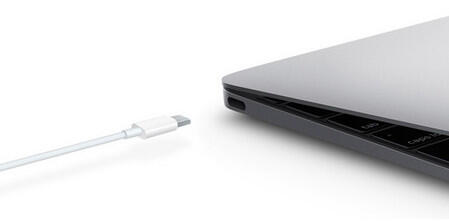

The initial configuration is Ask for new accessories. You can change the security configuration in System Settings > Security and Privacy > Security. Devices can still charge if you choose Don’t Allow.

This doesn’t apply to power adapters, standalone displays, or connections to an approved hub. On portable Mac computers with Apple silicon, new USB and Thunderbolt accessories require user approval before the accessory can communicate with macOS for connections wired directly to the USB-C port.

Here’s how Apple explains this new feature in the release notes for the first beta of macOS Ventura: As noted by The Verge, Apple once had to issue a macOS update after some MacBook Air and MacBook Pro users had their machines damaged by using a non-compliant USB-C hub. What this means is that when you connect a USB or Thunderbolt accessory to your MacBook, you’ll have to give that accessory explicit permission to interface with macOS.Īpple explains that this does not apply to “power adapters, standalone displays, or connections to an approved hub.” Instead, it applies to non-certified hubs and accessories that request data access. According to the release notes published by Apple following the WWDC keynote, there’s also a notable new Accessory Security feature for external USB and Thunderbolt accessories…Īccording to Apple, MacBooks with an Apple Silicon processor will now prompt users for approval before an external USB or Thunderbolt accessory can communicate with macOS. The update includes new Continuity features, Stage Manager for multitasking features, and more. At WWDC today, Apple officially took the wraps off of macOS 13 Ventura.


 0 kommentar(er)
0 kommentar(er)
